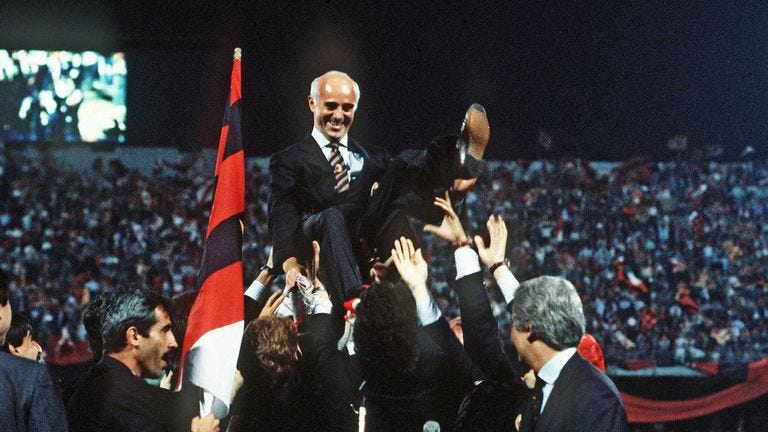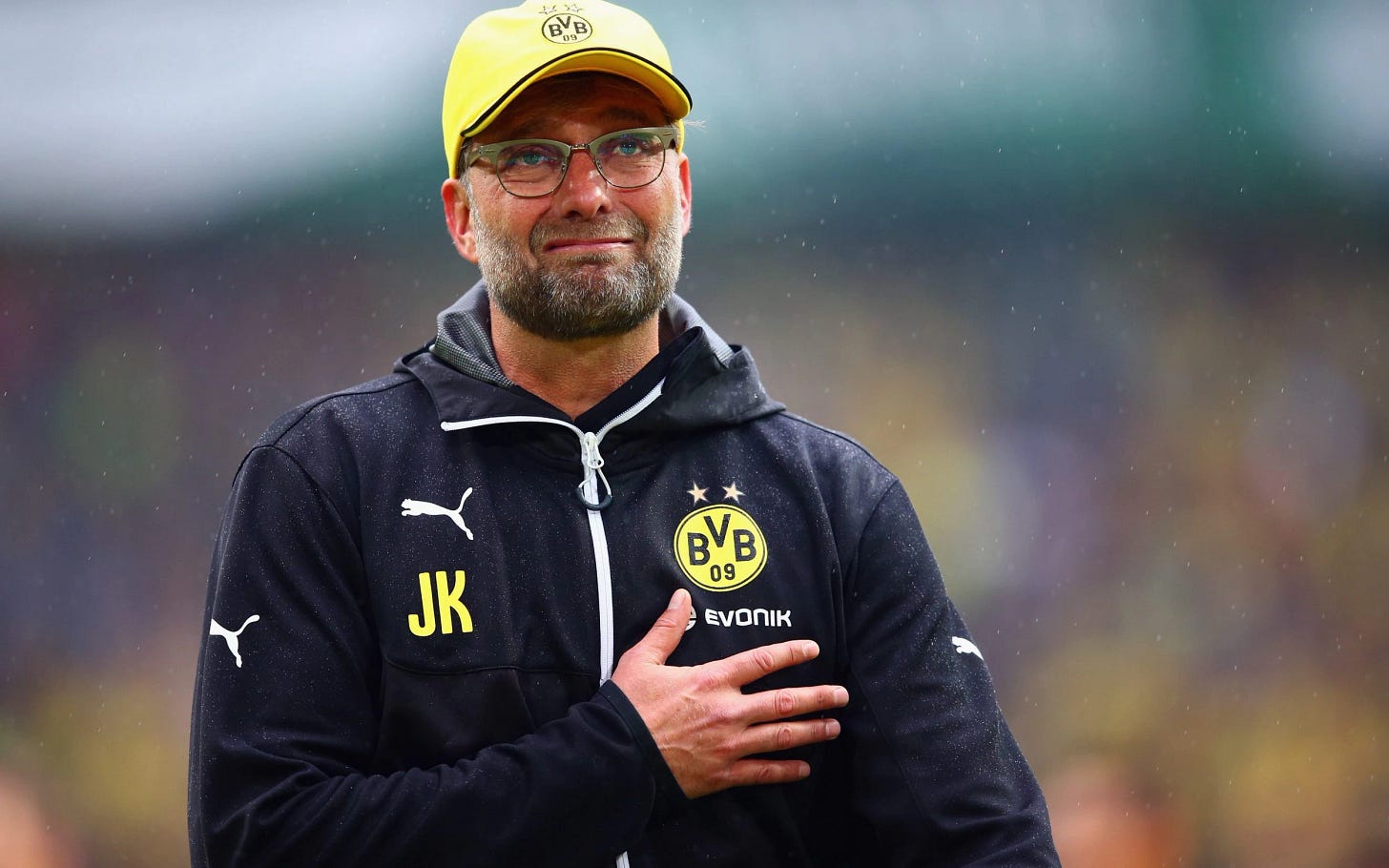Tactical Insights - Gegenpress
We are back with our look into tactical principles used in the modern game.
The term ‘Gegenpress’ will be familiar to Football Manager fans, but it has become widely known to the average football fan through coaching pioneers like Jurgen Klopp, Ralf Rangnick, and Marcelo Bielsa. Here, we look at the origins, philosophy and execution of this tactical principle.
Origins
The pressing game can be traced back to the 1960s when coaches such as Vikor Maslov from the USSR and then Dutchman Rinus Michel. They both focused their teams on pressing the ball carrier with multiple players from various angles. This would leave the ball-possessing team having men available in space, but the theory was that this was irrelevant as it would be a very accurate, long pass whilst under pressure to reach them. The art of pressing an opponent evolved through the decades to Arrigo Sacchi’s late 80s AC Milan side who dominated Italian and European football. His approach was slightly different: they played with a compact 442 structure that pressed from the front, while their defenders would operate an offside trap. This resulted in Milan dominating possession and nullifying the opponent’s attack.
Philosophy
The German term ‘gegenpressing’ translates into English as ‘counter-pressing’, meaning the side executing this approach will immediately press the opposing ball possessor as soon as they have regained possession. The whole approach relies on the players who are applying the press - moving quickly and aggressively towards the opposing ball carrier before they can set themselves, scan for passing options, and execute a pass. The ideal result is the pressing players regaining possession in high areas of the field and starting their counterattack.
In modern football, Jurgen Klopp successfully adopted this strategy in his time at Borussia Dortmund and then took it to Liverpool where they have played with this approach during his tenure at Anfield. Marcelo Bielsa and Pep Guardiola have played with variations of the gegenpress. They focus their players’ pressing runs in certain angles to close off viable passing lanes, effectively giving the ball possessor no forward pass options. Coaches like Klopp and Rangnick rely on multiple players swarming around the ball possessor, applying pressure to force an error.
Execution
Many coaches who have worked under Rangnick within the Red Bull football group aim to win the ball back immediately, regardless of the ball position on the field. Within the Red Bull Group, this is called ‘closing the net’. When winning the ball back, they take advantage of their opponent’s lack of defensive structure when in transition by winning the ball and then playing quick progressive passes forward beyond the opposition’s defensive lines.
One of the key principles in the RB Group is to maintain the intensity of the press, even if the ball carrier can remain press-resistant. As the below image shows, which is 2 seconds further on than the image above.
Austrian coach Oliver Glasner was recently appointed Crystal Palace’s new head coach and has changed their approach to gegenpress with great early success. Given that he spent a few years within the RB Group as assistant manager at RB Salzburg, his philosophy is heavily influenced by Rangnick, and this is apparent in their defensive approach, especially in their recent match with Manchester United.
The counter-pressure is executed flawlessly, with the end result being regaining possession and the Palace player being able to make a line-breaking pass into Mateta, who eventually gets into the box and scores.
As mentioned above, there are numerous variations of this approach, however, the Klopp/Rangnick variation is one I like a lot and is easily identifiable in teams who worked under both pioneers.
It will be interesting to see how this evolves with the next generation of coaches.
Hope you have enjoyed and please check out our new Trutactics website.










